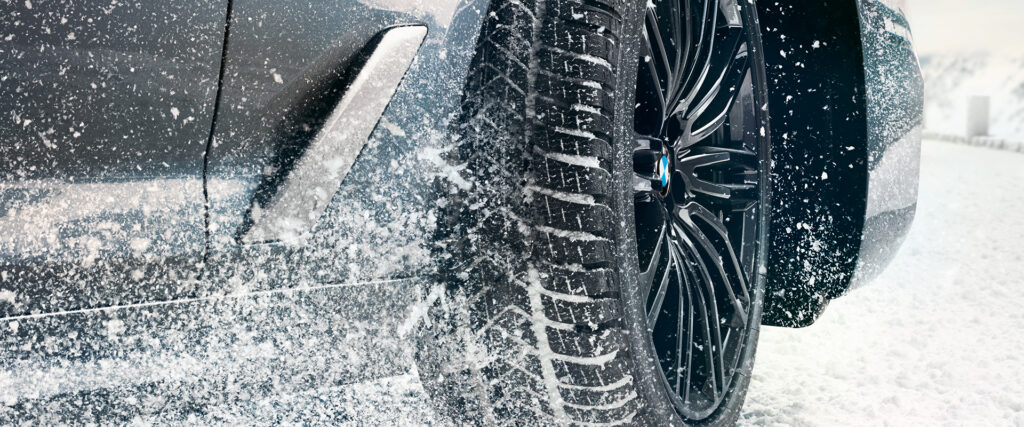Winter motoring brings its own set of chilly challenges. Snow, while picturesque, can make roads treacherous. But with the right knowledge and preparation, you can navigate these snowy streets safely.
Let’s break down the essentials for confident and secure driving in wintry conditions.
Preparation is Key
Before you even turn the ignition key, ensure your car is snow-ready. This means checking your vehicle’s battery, antifreeze levels, heaters, brakes, and defroster.
Don’t forget to fit winter tyres for enhanced traction (contact your local Bowker Centre here for advice). Also, keep your windows, mirrors, and lights clear of snow and ice. Are your wipers in good shape? And is your screenwash effective in cold temperatures? A well-prepared car is half the battle won.
Adjust Your Driving
In snow, driving as you normally would just won’t cut it. The first rule? Slow down. Slippery roads demand reduced speed. Remember, stopping distances can be up to ten times longer on ice! Increase the gap between you and the car ahead, and make all your manoeuvres smooth and gradual.
Thinking about accelerating, steering, or braking? Do it gently. And on those hills, keep a steady pace and avoid changing gears.
Getting Unstuck
If you find yourself stuck in the snow, don’t panic. Clear the snow from around your tyres and under the car. Then, place a rug or sack in front of the driving wheels for extra grip. Steer straight and ease off the clutch gently.
Visibility Matters
We’ve all seen those cars with just a tiny patch of windscreen cleared. Don’t be that driver. Make sure all your windows are clear before setting off. And keep an eye on those lights, too – they should be free of snow.
Embrace Technology, But Wisely
Modern cars are equipped with features like Dynamic Traction Control (DTC) that can be particularly helpful in snowy conditions. DTC, for instance, allows for some wheel slip, aiding in getting up slippery hills. But remember, these systems are aids, not replacements for careful driving.
Snow Chains and Socks
While not often needed in the UK, snow chains can be a godsend in deep snow, especially in remote areas. They offer the best grip but must be used correctly – only on snow-covered roads and removed once you hit a clear patch. Snow socks are a simpler alternative, offering extra grip in lighter snow conditions.
When to Stay Put
Sometimes, the best decision is not to drive at all. Ask yourself, is the journey absolutely necessary? If not, it might be wise to wait until conditions improve.
Moreover, always keep a winter emergency kit in your car. This should include items like a torch, blanket, first-aid kit, food, water, and a phone charger. You never know when you might need these essentials, especially if you’re stranded.
Being well-prepared can make all the difference when it comes to safe driving in snow. Remember, your safety and the safety of others should always be your top priority.
In a Nutshell
Driving in the snow requires a blend of preparation, adaptation, and caution. Equip your vehicle for winter, adjust your driving style to the conditions, and always prioritise safety over speed.




